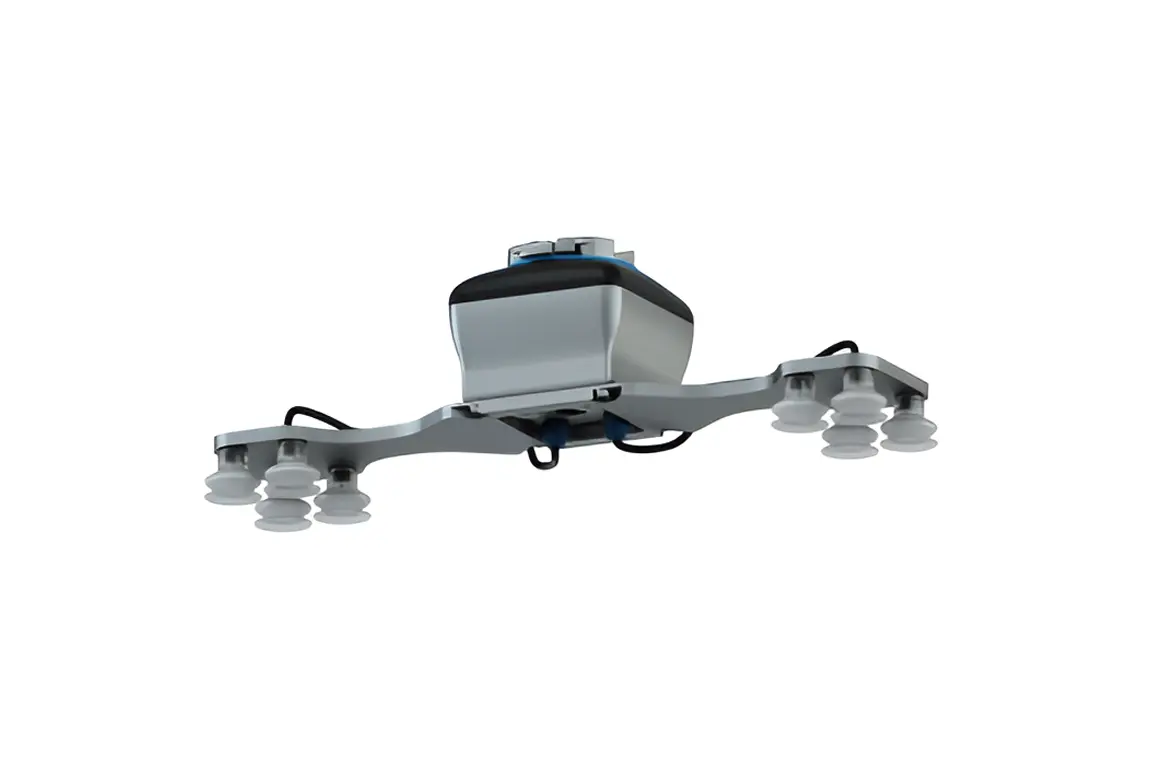The market prospects for collaborative robot end tools are huge!
The rapid development of the industrial robot industry has also promoted the growth of the collaborative robot end-tool market. According to industry analysis, the transaction volume of robot end-tools exceeded US$ 2.5 billion in 2018 and is expected to reach US$ 6.5 billion by 2025 , maintaining a compound growth rate of 14% . Due to the growth of the automation market, the use of end-tools, a key part of robot solutions, in the industry has begun to rise rapidly.
With the continuous breakthroughs in technologies such as artificial intelligence, the concept of intelligence has set off waves in the field of automation and brought new product inspiration. Automation products are beginning to become intelligent, achieving new levels that were previously unattainable through integrated sensors, artificial intelligence, and the Internet of Things.
Collaborative robot end-of-line tooling is a new direction for the industry. It can collect key data and communicate it to the robot to improve its accuracy and overall performance, further protecting the safety of the goods, especially some fragile objects. The smart gripper can control the appropriate force to ensure that it can be safely delivered to the operator.
In complex production lines, there are often some parts that are not sorted and sorted, and traditional grippers are powerless. Using collaborative robot end tools, it can adapt to the grasping of various objects without external cables, and the direction can be adjusted to adapt to different objects.
More and more companies are experiencing the benefits of collaborative robots in various automation scenarios. Advantages such as easy installation and debugging, small programming amount, and plug-and-play make collaborative robots suitable for more scenarios.
Under the trend of human-machine collaboration, collaborative robot end-of-line tools have achieved good growth. Last year, nearly 14,000 collaborative robots were installed worldwide, and the annual installation volume of collaborative robots increased by 23% from 2017 to 2018. If collaborative robot sales continue to grow, end-of-line tools will double in a few years, creating unprecedented EOAT market opportunities.
In principle, one robot can only perform one type of work. If you want to perform complex work, you need to constantly change the robot. When this exchange operation is done manually, it not only takes time, but it can also lead to human errors. If you use a collaborative robot end tool, the robot can automatically change the manipulator by itself. In addition, even if it is changed manually, the operation becomes very simple and quick.
Even on robots that do not require replacement of the gripper, tool, or end effector, etc., using a gripper quick changer can simplify maintenance or fine-tuning. In addition, for laboratory robots in R&D departments or schools, simply replacing the gripper allows the robot to be shared, making it convenient to carry out various experiments.
In some cases, manufacturers use collaborative robot end-of-line tools mainly because of repetitive and boring work and the lack of suitable workers. In addition, manufacturers want to find ways to improve efficiency, even if the run time is reduced by a few seconds, it can bring more product output. Buying more robots and grippers can create huge benefits.
In the manufacturing industry, intelligent and simplified automation methods for production tasks will become more and more popular. Manufacturers do not need to spend too much time and money to deploy and can apply faster. Terminal tools are part of the automation strategy. , which can greatly improve productivity.

